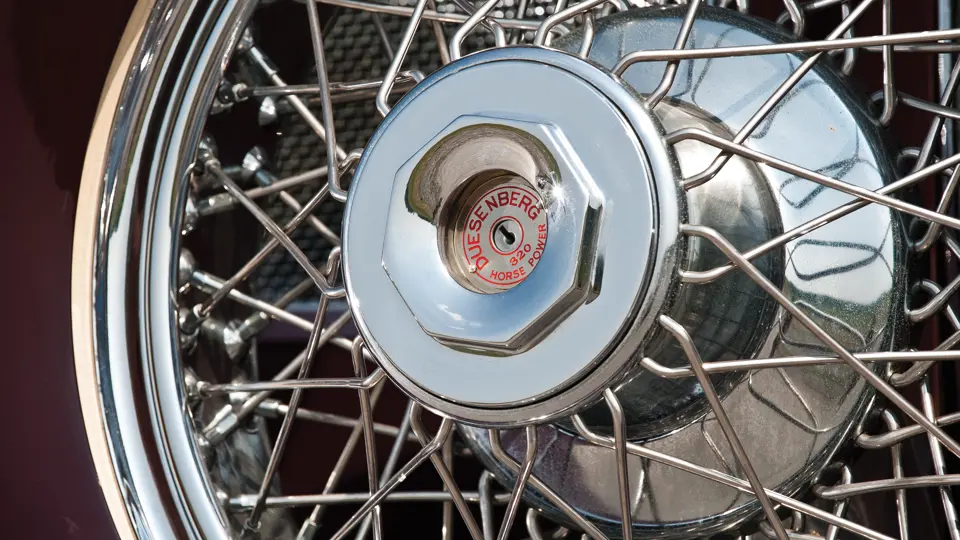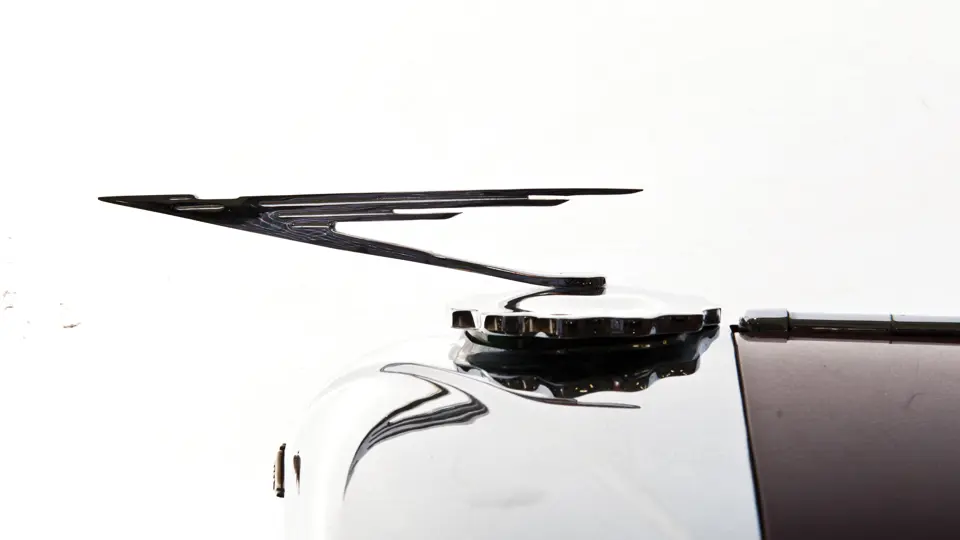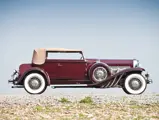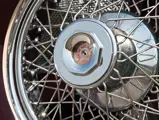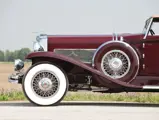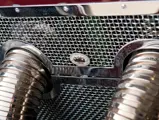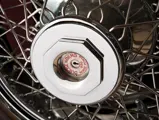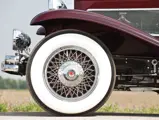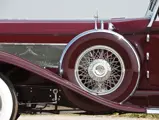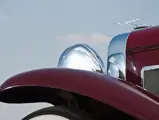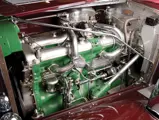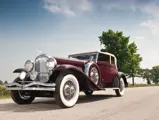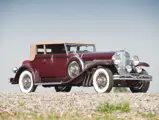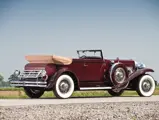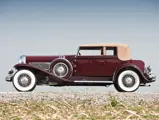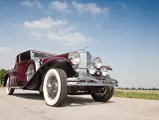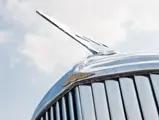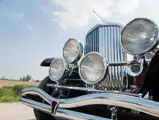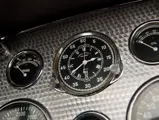320 bhp, 420 cu. in. DOHC inline eight-cylinder engine with four valves per cylinder and centrifugal supercharger, three-speed manual transmission, solid front axle and live rear axles with semi-elliptic leaf springs, and four-wheel hydraulic drum brakes. Wheelbase: 142.5"
• Owned by noted band leader Paul Whiteman of “Rhapsody in Blue” fame
• Recently detailed, mechanically inspected on a limited basis, and serviced
If ever a car was designed and engineered to be larger than life itself, the Duesenberg Model J was it. Its cutting-edge, competition-derived engine specifications alone made it equal, if not superior to, the most exotic European marques of its era and even among American luxury cars. It really had no close rivals in terms of sheer power and performance.
It is difficult today to imagine the excitement with which the Model J was received in 1929. Here was a chassis with a dual overhead cam, four-valve engine that—at 265 horsepower in naturally-aspirated form—beat its nearest competitor by more than 100 horsepower! Coming from a company whose racing successes were already the stuff of legends, it was the perfect marketing move at the time. The timing of the introduction could not have been better: with the economic successes of the 1920s, America’s wealthiest business, entertainment, and social elite were ready to indulge themselves. The all-new Model J soon gave them the perfect opportunity.
The announcement of the Model J shook the Automobile industry and the occasion even momentarily halted trading on the floor of the New York Stock Exchange. The first chance most of the public had to see the new car was when the chassis displayed at the 1929 New York Auto Show. Hundreds came to see this new wonder, and they were not disappointed, for on the floor there were several magnificent examples on display.
It’s tall, elegantly-shaped radiator shell and long tapered hood, along with a choice of two lengthy wheelbases, made the mighty Model J the ideal platform for some of the most stunning and luxurious custom coachwork produced during the classic era. With a price of some $8,500 for the bare chassis alone and $9,500 in supercharged form, the Model J occupied the pinnacle of the price range for American luxury cars, including the Springfield-built Rolls-Royce Phantom II. Add the requisite custom coachwork and fittings, and these conveyances easily approached, and in at least one instance surpassed $20,000, at a time when the least-costly Ford Model A was delivered for about $450 and a good single-family home was still available for less than $10,000. Befitting their regal nature, Model Js received custom-coachbuilt bodies and the example offered here is no exception. It carries one of the rarest and most attractive bodies ever produced—the quarter-window Victoria—from the highly regarded Rollston Company.
The Rollston Company was founded in 1921, but it was in 1927 when Rudy Creteur moved to Rollston from Locke as chief designer. Creteur was responsible for most of Rollston’s designs from that point on, including this wonderful example. As one of just 218 Rollston bodies built between 1927 and 1931, this specific design incorporates many of Creteur’s design hallmarks. In all, Rollston bodied 57 Model Js, with 16 of those being convertible Victorias. The low windshield and compact top lines give the car a sleek, low-slung look. This style in particular combines the good visibility of the convertible sedan with the sportier yet still-elegant open two-door body.
The story of chassis 2293 begins when it was purchased new by famous band leader Paul Whiteman, best known for his arrangement of “Rhapsody in Blue” in May 1930, who had a LeBaron Sport Phaeton body installed. Sometime in 1932, the car was bought by G. Tucker Smith, of Virginia, from the Duesenberg factory branch in New York City, with the phaeton body still installed. Mr. Smith did not like the open coachwork on the car, and in 1935, he purchased the striking Rollston Quarter-Window Convertible Victoria and had it installed on the car. The body was likely built from 1930–31 and was likely installed on another vehicle before being shown in Duesenberg’s inventory later on. He also purchased a supercharger, although it is not known by whom the body and supercharger were installed, nor if the body was purchased directly from Duesenberg Inc. At some point later in the car’s life, the supercharger was replaced with a highly accurate reproduction unit. In the period, the Rollston body had skirted fenders and a more flowing trunk, both of which were modified at some point in its life.
Mr. Smith kept the car until 1938, when he traded it to Jones Motorcar Company, a Cadillac agency in Richmond, Virginia. Jones in turn sold the car to Mr. A. D. Price Jr., who was a local undertaker. In 1941, the car went to Mr. Bruce Woodson, of Virginia, who changed the color to green before selling it on to Mr. Mike Hodich in 1945. By 1955, the car was owned by Dr. J. F. Martin in Pennsylvania, who kept the car for 21 years before selling it to Judge John North, of Easton, Maryland, in 1976.
The next owner was Leo Gephardt in 1977. Gephardt sold the car to Dr. Don Vesley in 1978; the next owner was John Farrell of Seattle, Washington, in the early-1980s. Farrell kept the car for 15 years, conducting a thorough concours-quality restoration before selling it to noted Packard collector David Kane, of Bernardsville, New Jersey, and in 2001, it came into the current ownership.
Under the current owner, J272 was recently detailed and returned to running and driving order. Among the items addressed, the wheels were removed from the car and the brakes and wheel cylinders were inspected, the fuel tank was removed and cleaned out, the carburetor was rebuilt, and a new battery was installed. In addition, the car was serviced, with fluids flushed and the oil changed.
Now offered for the first time in over a decade, J272 marks a significant opportunity for collectors. Simply put, supercharged Duesenbergs are the Holy Grail for collectors of American classics, and J272 represents an outstanding opportunity to acquire an example with strong provenance and beautiful and distinctive Victoria coachwork by the Rollston Company.




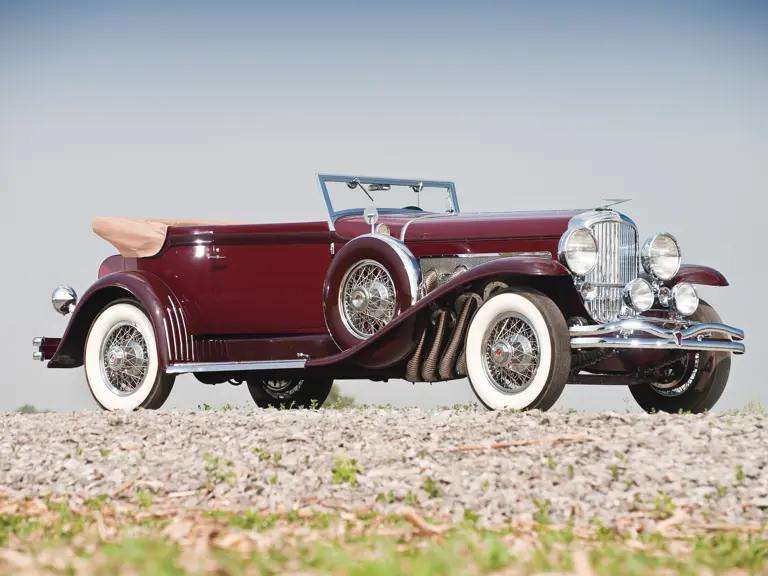
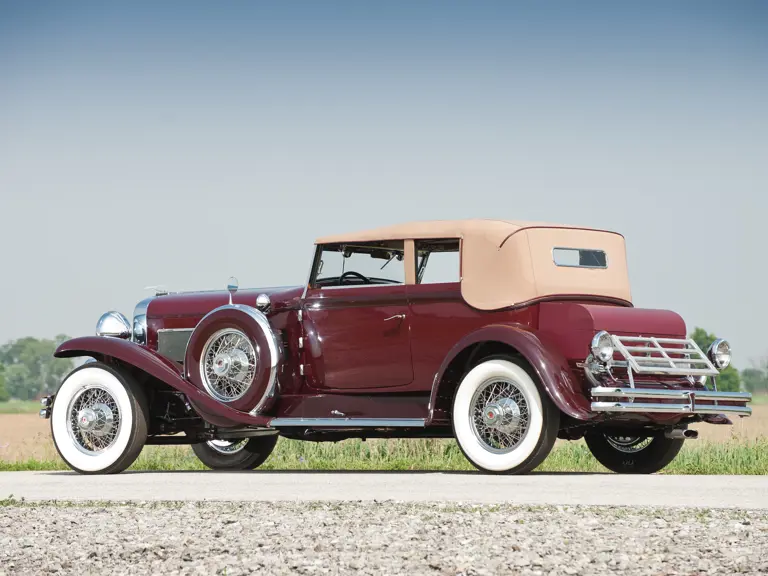
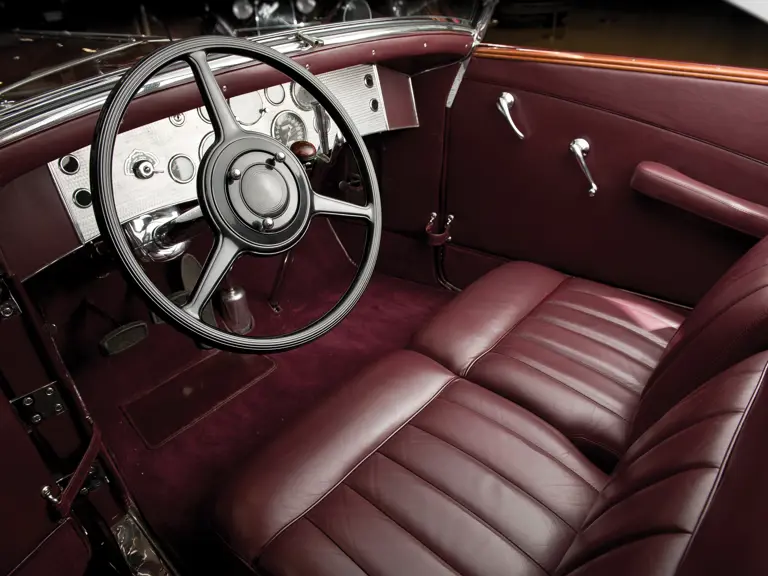

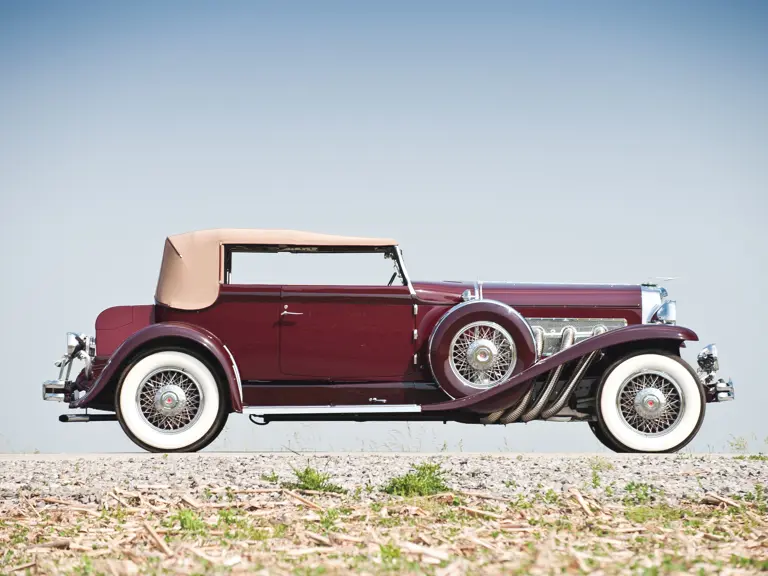


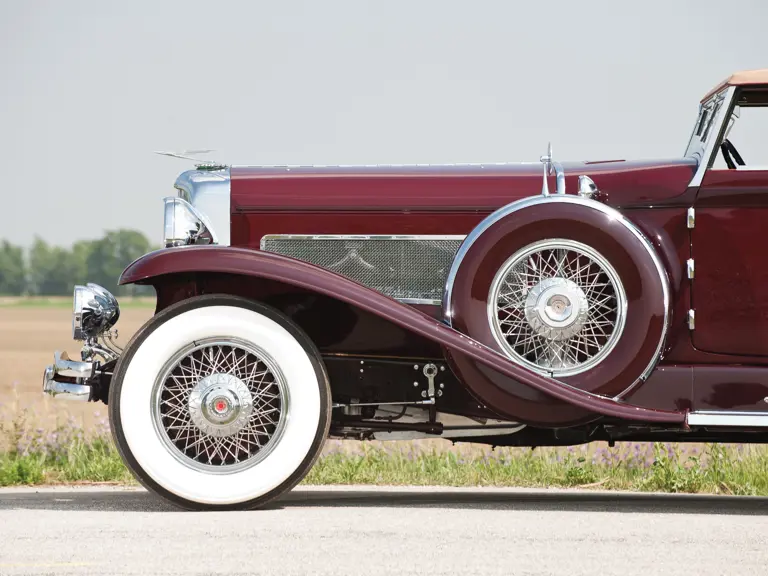
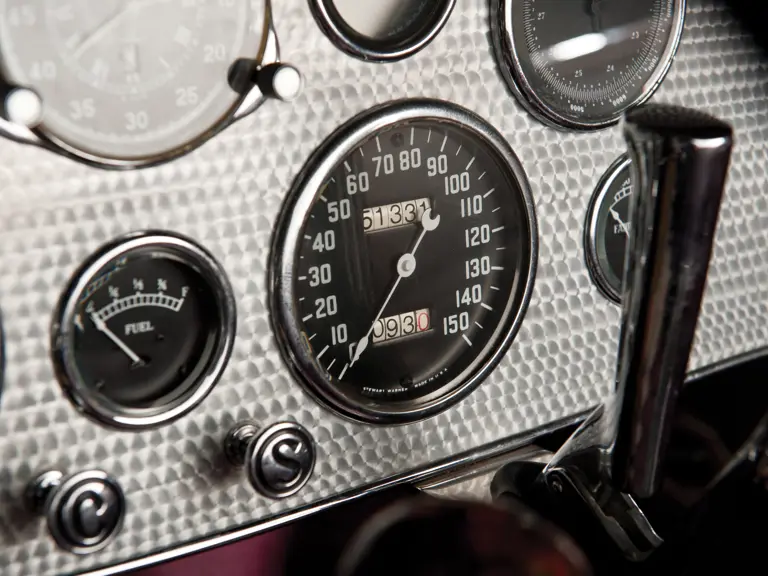
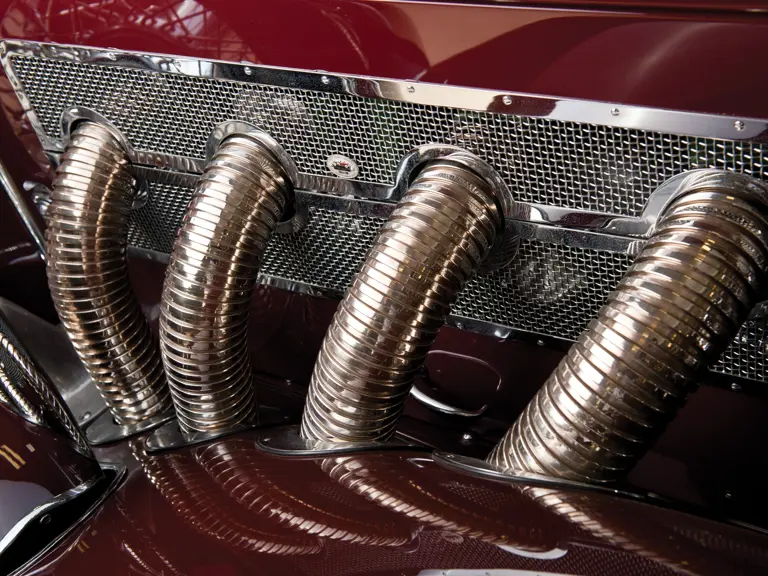
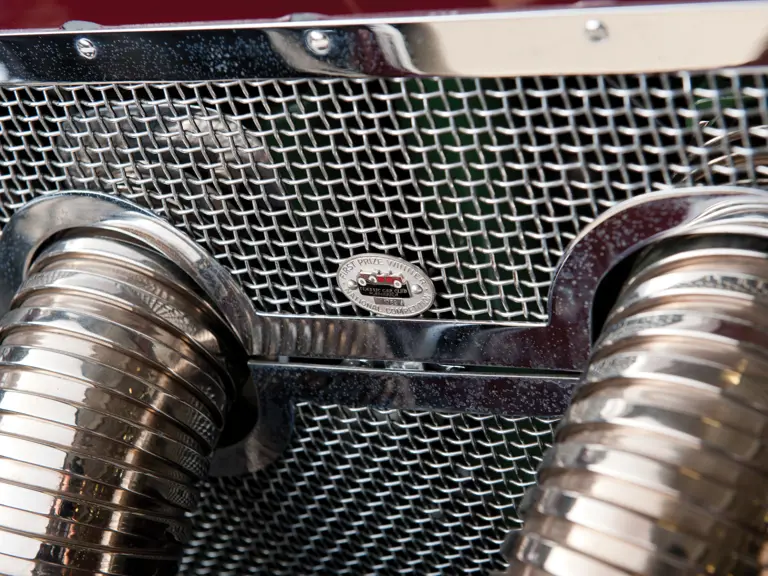
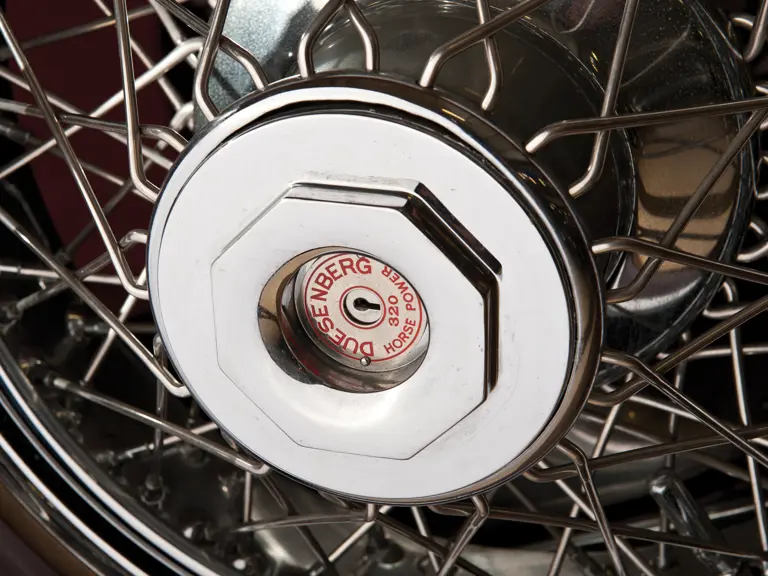

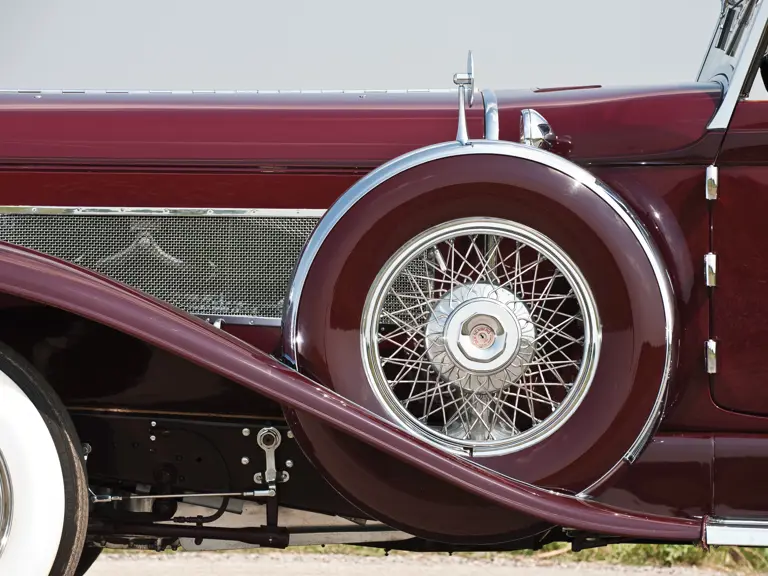
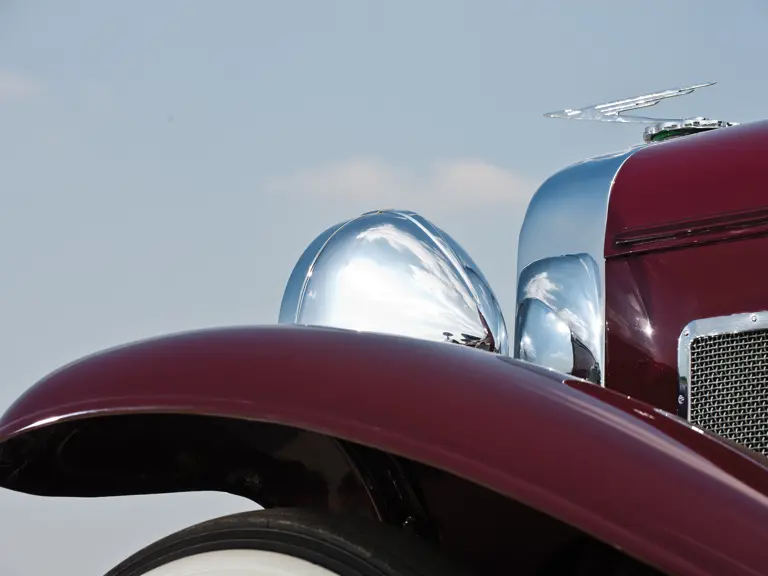
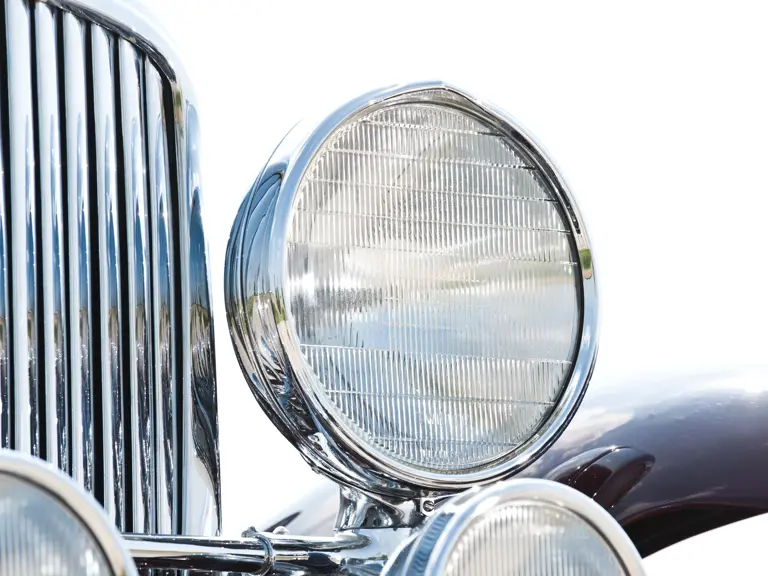
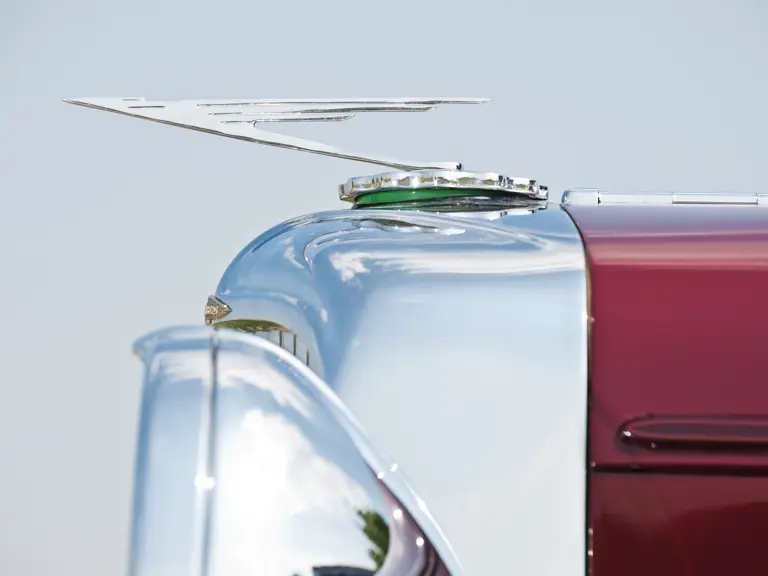

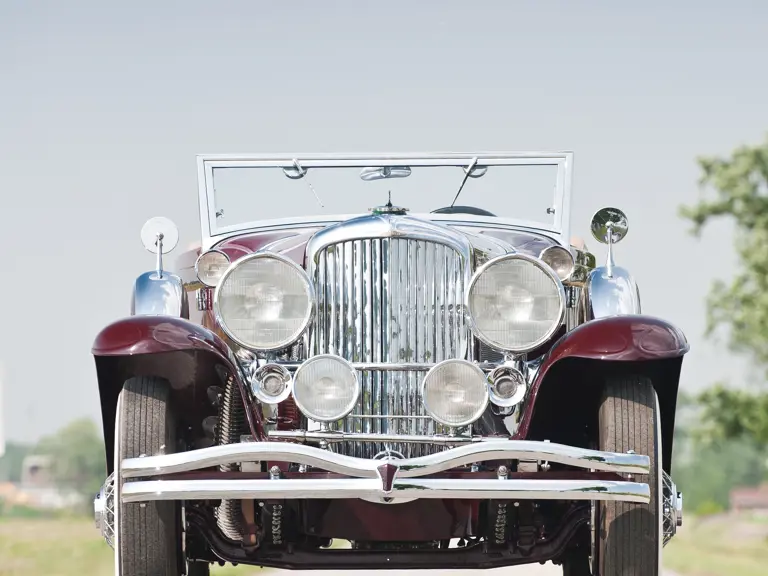
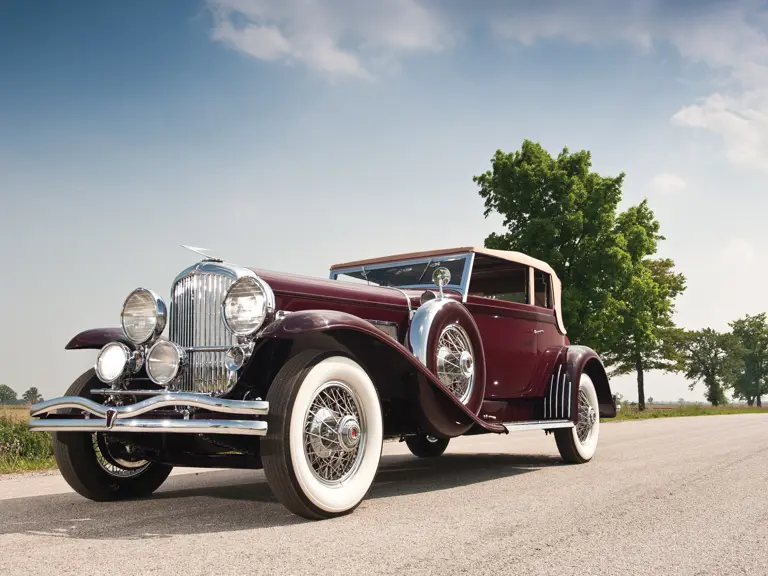
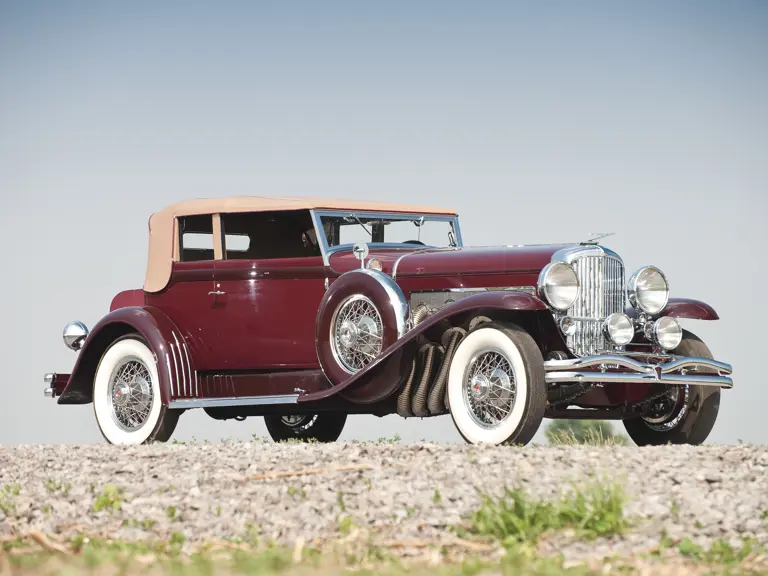
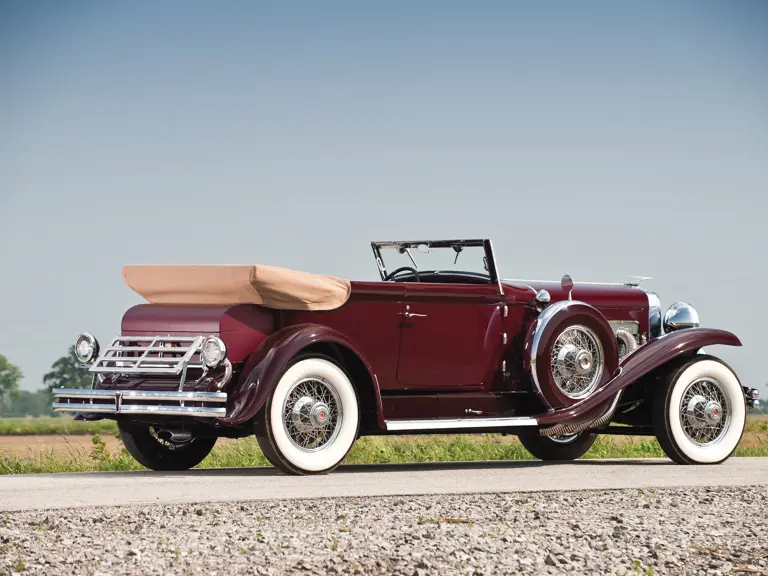

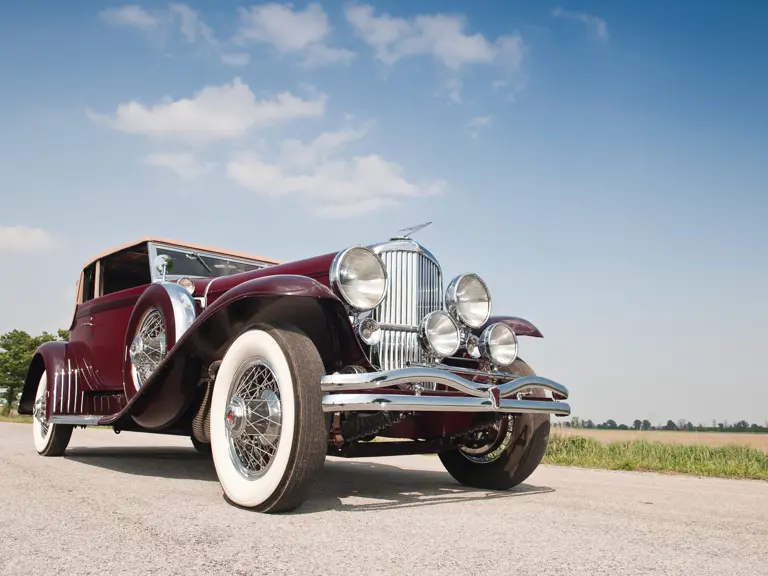
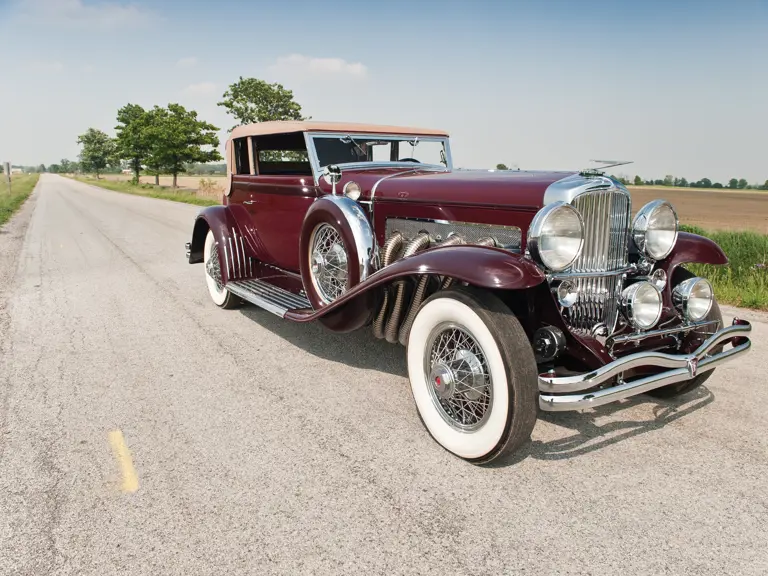
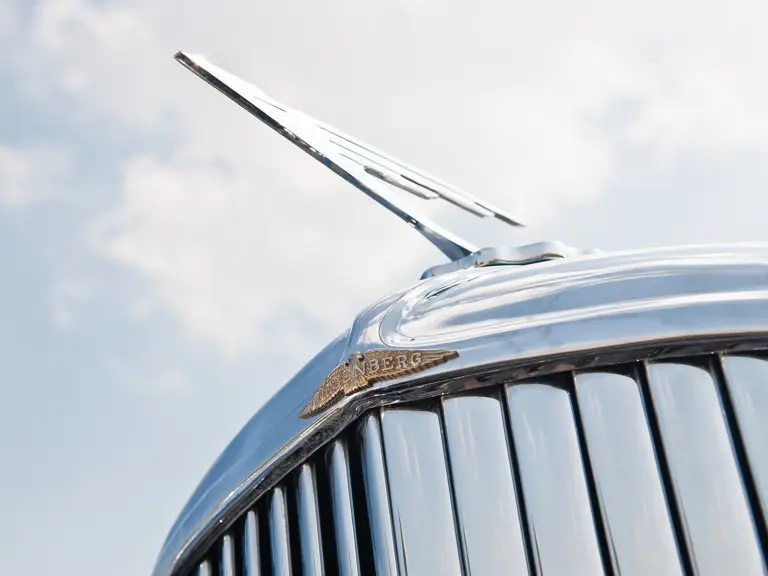
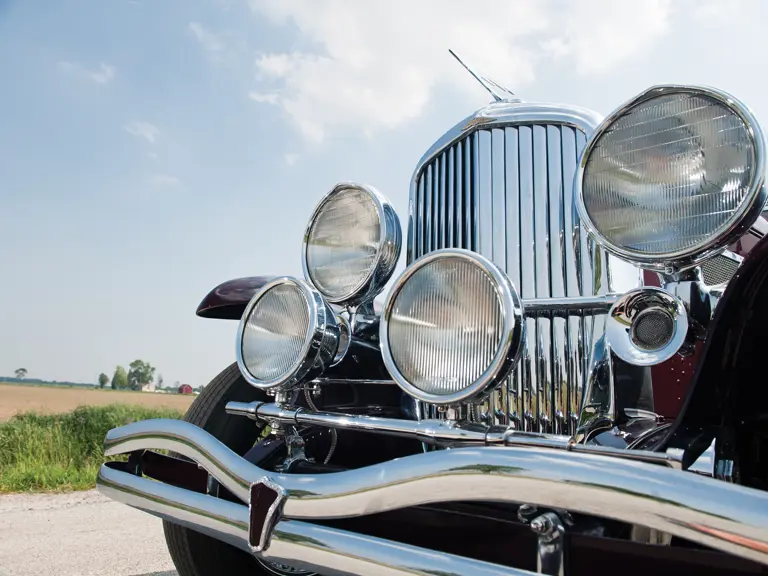

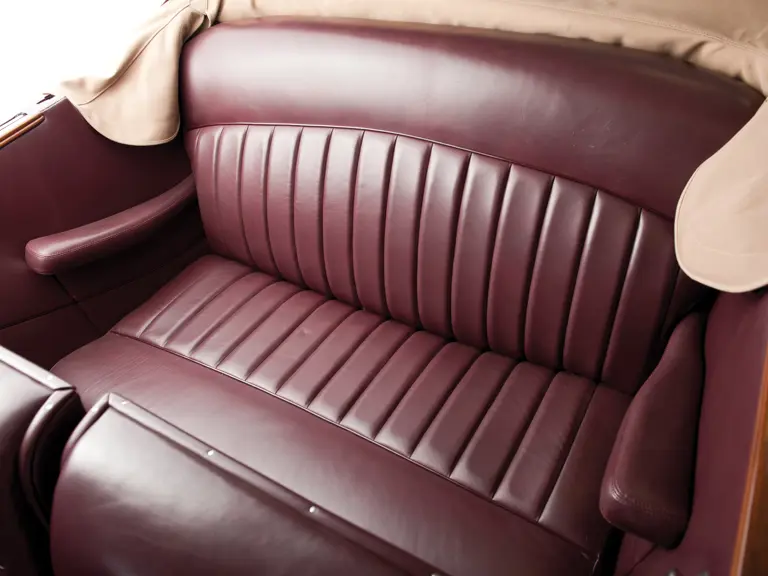
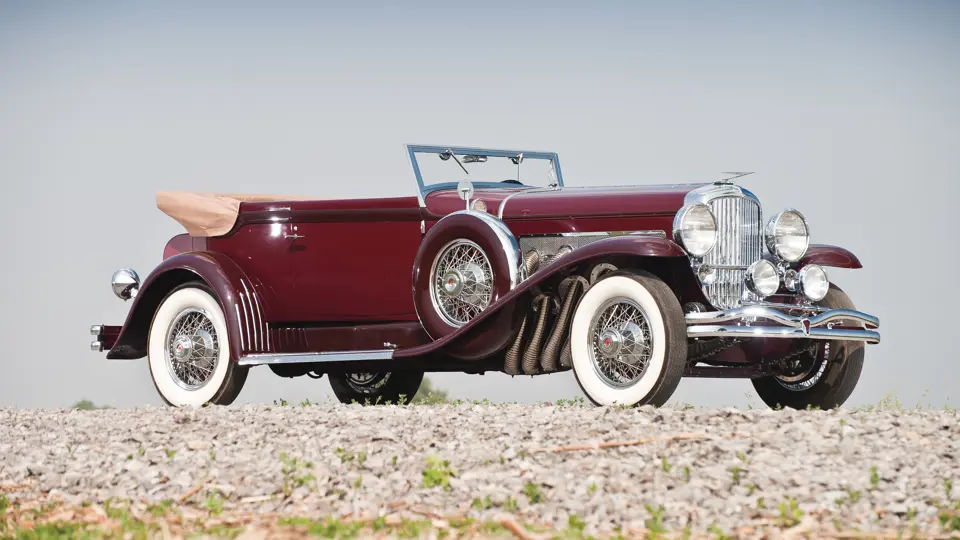
 | Plymouth, Michigan
| Plymouth, Michigan

